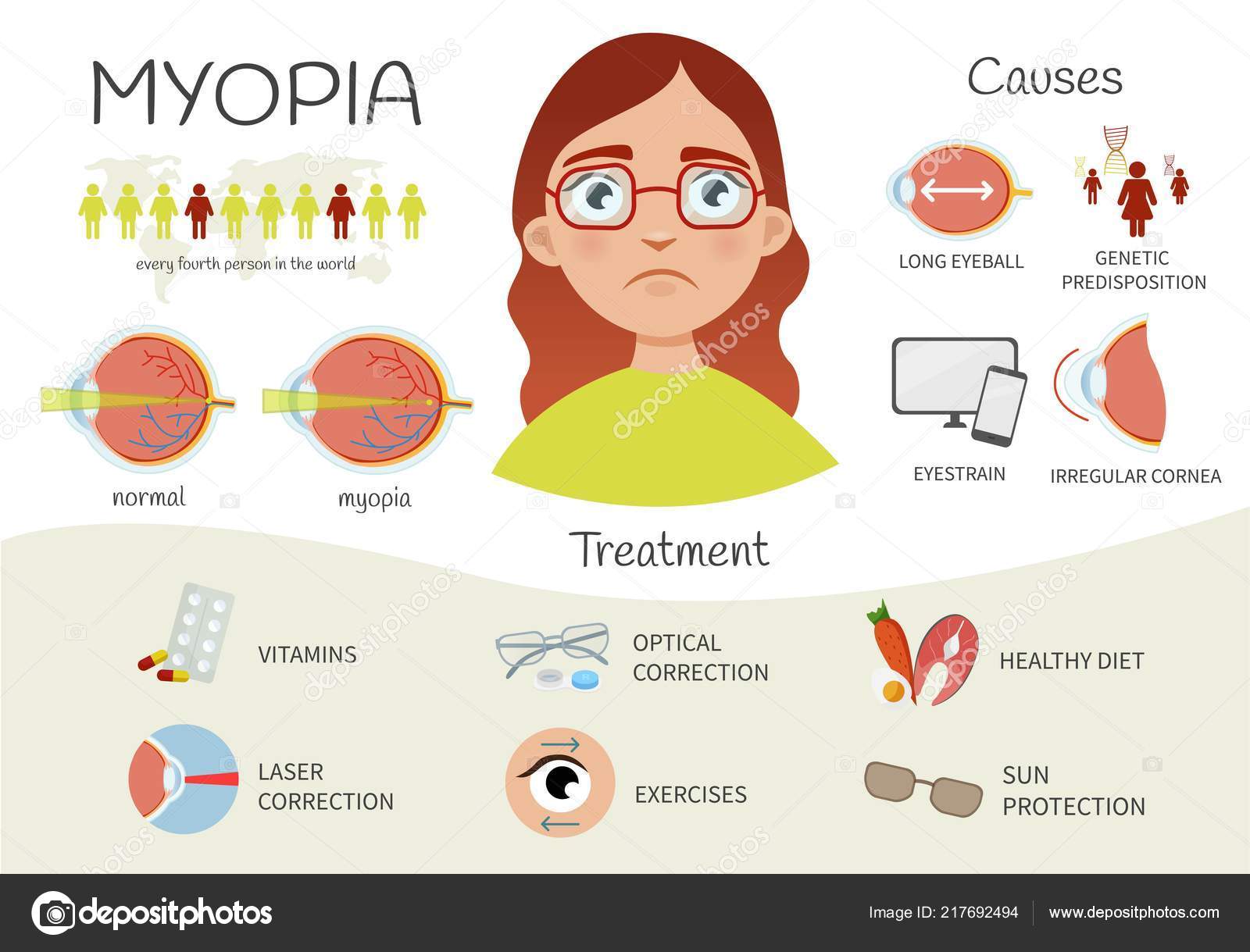What Are The Differences And Resemblances In Between SMILE Eye Surgery, LASIK, And PRK?
What Are The Differences And Resemblances In Between SMILE Eye Surgery, LASIK, And PRK?
Blog Article
Write-Up Created By-Foss Waller
If you have actually been thinking about SMILE eye surgical treatment, you may question how it compares to LASIK and PRK. Each procedure has its very own set of benefits and considerations. From quicker recovery times to prospective threats, there are vital differences you need to be aware of prior to choosing. Understanding these distinctions will assist you make an enlightened choice that aligns with your specific requirements and assumptions. Interested to recognize more concerning just how these procedures contrast thoroughly? Continue discovering to gain a detailed understanding of SMILE, LASIK, and PRK.
SMILE Eye Surgical Treatment Introduction
If you're taking into consideration SMILE eye surgery, you'll locate it to be a minimally intrusive treatment with a fast recuperation time. During SMILE (Tiny Cut Lenticule Extraction), a laser is made use of to produce a tiny, specific laceration in the cornea to remove a little item of cells, reshaping it to correct your vision. This differs from LASIK, where a flap is created, and PRK, where the external layer of the cornea is completely gotten rid of.
Among the key advantages of SMILE is its minimally intrusive nature, causing a faster recovery process and much less discomfort post-surgery. The healing time for SMILE is reasonably fast, with many clients experiencing boosted vision within a day or more. This makes it a preferred choice for those seeking a hassle-free and efficient vision correction treatment. Furthermore, SMILE has actually been revealed to have a reduced risk of dry eye disorder contrasted to LASIK, making it a favorable choice for people concerned concerning this prospective negative effects.
Differences Between SMILE, LASIK, and PRK
When comparing SMILE, LASIK, and PRK eye surgical procedures, it is very important to recognize the unique methods used in each procedure for vision adjustment.
Need Eye Glasses (Little Cut Lenticule Extraction) is a minimally intrusive procedure that involves creating a tiny laceration to extract a lenticule from the cornea, reshaping it to remedy vision.
LASIK (Laser-Assisted Sitting Keratomileusis) includes developing a thin flap on the cornea, using a laser to reshape the underlying tissue, and then repositioning the flap.
PRK (Photorefractive Keratectomy) gets rid of the outer layer of the cornea prior to reshaping the cells with a laser.
The primary distinction hinges on the means the cornea is accessed and treated. SMILE is flapless, making it a great option for individuals with thin corneas or those involved in contact sports. simply click the following article offers rapid visual recuperation due to the flap production, yet it might position a higher threat of flap-related problems. PRK, although having a much longer healing period, stays clear of flap-related issues entirely.
Recognizing these differences is important in selecting the most appropriate treatment for your vision correction requirements.
Pros and Cons Contrast
To assess the advantages and drawbacks of SMILE, LASIK, and PRK eye surgical treatments, it's important to think about the certain advantages and possible limitations of each procedure. SMILE surgical procedure provides the benefit of a minimally invasive treatment, with a smaller incision and possibly quicker recovery time contrasted to LASIK and PRK. It likewise lowers the danger of completely dry eye post-surgery, a common negative effects of LASIK. However, SMILE might have restrictions in treating greater levels of myopia or astigmatism compared to LASIK.
LASIK surgery offers rapid aesthetic recovery and very little discomfort throughout the treatment. is cataract surgery done as outpatient 's extremely efficient in treating a variety of refractive mistakes, consisting of nearsightedness, hyperopia, and astigmatism. Yet, LASIK brings a risk of flap difficulties, which can impact the corneal structure.
PRK eye surgery, while not as popular as LASIK, prevents producing a corneal flap, decreasing the threat of flap-related problems. It appropriates for people with slim corneas or uneven corneal surface areas. Nevertheless, PRK has a longer healing time and might involve much more discomfort during the healing process.
Conclusion
So, when it pertains to choosing in between SMILE, LASIK, and PRK, think about it like picking the excellent pair of footwear. SMILE resembles a sleek, comfy pair of sneakers - quick and simple.
LASIK is more like stylish high heels - flashy and quickly, but with some possible dangers.
PRK resembles strong treking boots - reliable and sturdy, but needing a bit more time and effort.
Inevitably, the most effective option depends on your specific demands and preferences.
